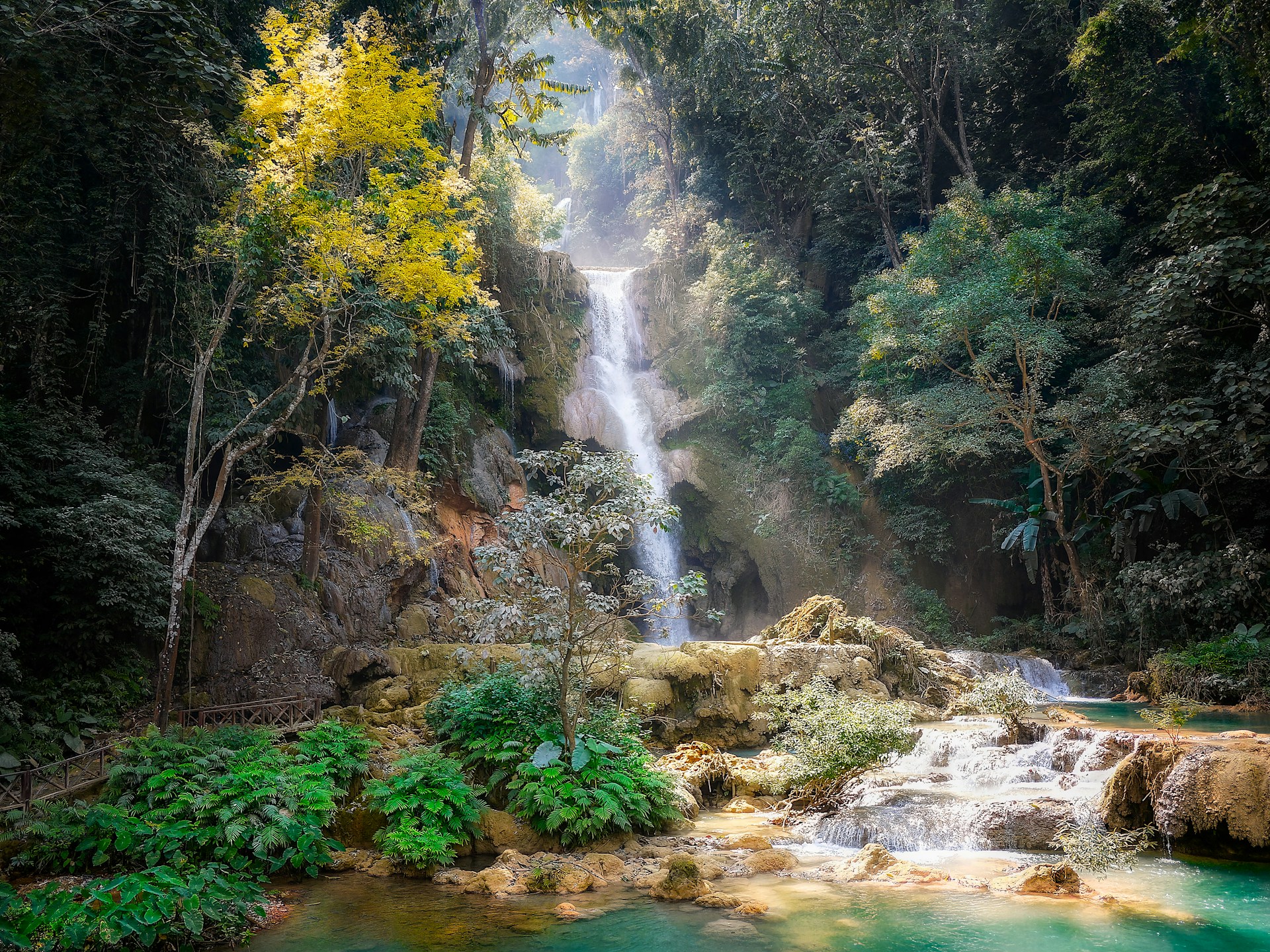Creating a Hummingbird-Friendly Butterfly Garden: Tips and Tricks for a Thriving Ecosystem
1. Introduction
Imagine standing in your backyard, sipping your morning coffee, and watching tiny hummingbirds flit through the air while bright butterflies dance among the flowers. For outdoor enthusiasts, this is more than just a pretty picture—it’s a rewarding way to support local wildlife and contribute positively to the environment. Creating a multi-purpose garden that attracts and sustains hummingbirds, butterflies, and other pollinators like bees is both an enchanting and beneficial endeavor.
This idea sparked a passion in my wife, whose initiative transformed our backyard into a vibrant haven for these remarkable creatures. Her dedication and effort motivated me to delve deeper into the significance of crafting such a space and the joy it brings. In this article, we’ll explore how to create a hummingbird-friendly butterfly garden.
2. Selecting the Right Plants for Hummingbirds and Butterflies
Native Plants as a Cornerstone
Creating a haven for hummingbirds and butterflies begins with the importance of native plants for pollinators. Native plants are adapted to the local environment, making them essential for sustaining local wildlife. They offer a plethora of ecological benefits:
- Require less water and maintenance.
- Minimize the use of fertilizers and pesticides.
- Provide continuous food sources throughout the growing seasons.
Specific Plant Suggestions
When selecting plants, diversity is key to drawing in various pollinators. Here are some excellent choices:
- Hollywood Plum Trees: Their early blooms are a magnet for hummingbirds.
- Red Columbine: A native plant that flowers in spring, attracting early-season hummingbirds.
- Bee Balm (Monarda): Its tubular flowers are perfect for hummingbirds and bloom in summer.
- Trumpet Vine: Features large, tubular flowers that hummingbirds love.
- Salvia: This plant has a long blooming period and is favored by both hummingbirds and butterflies.
Creating a Blooming Schedule
Ensuring a garden that offers plants with year-round blooms in the USA is crucial for providing a continual nectar source:
- Spring: Redbud, Azalea
- Summer: Coral Honeysuckle, Butterfly Bush
- Fall: Aster, Ironweed
- Winter: Mahonia, Camellia
3. Creating a Safe and Inviting Space for Hummingbirds
Nesting Considerations
Providing a safe nesting environment for hummingbirds is vital to encourage them to stay close. Hummingbirds prefer nesting in sheltered locations within or near their food sources. Here are some tips:
- Choose thorny plants like Hawthorn or dense foliage such as Yew for nest building.
- Install safe structures like small shrubs or bushes for added protection.
- Avoid using pesticides and chemical treatments in the garden.
Feeder Placement
While natural nectar sources are best, feeders play a supportive role. The ideal feeders for hummingbirds include:
- Ease of cleaning: Regular cleaning avoids harmful mold and bacteria growth.
- Red coloration: Attracts hummingbirds.
- Size variation: Allows for different population sizes without wasting nectar.
Place feeders near flowering plants but not too close to bushes where predators might hide. Refresh the nectar every few days, and clean the feeders thoroughly at least once a week.
4. Attracting Butterflies Alongside Hummingbirds
Host Plants for Caterpillars
Butterflies require specific host plants for caterpillar development, as these are crucial for the life cycle:
- Milkweed: Essential for Monarch butterflies.
- Dill and Parsley: Preferred by Black Swallowtail caterpillars.
- Violets: Host plant for Great Spangled Fritillaries.
Nectar Sources for Adult Butterflies
Plants that cater to both hummingbirds and butterflies, offering a continuous food supply, include:
- Joe Pye Weed: Tall perennial attracting Monarchs and other butterflies.
- Blue Vervain: Provides nectar for various pollinators.
- Zinnias: Create vibrant colors and ample nectar.
5. Supporting Other Pollinators Like Bees
Co-Benefits for Bees
A garden designed for hummingbirds and butterflies naturally supports bees due to the overlap in plant preferences. Bees play a vital role in the ecosystem by pollinating plants, which is crucial for one-third of our food supply. To support bees:
- Choose multi-purpose plants for all pollinators like Lavender and Goldenrod.
- Avoid using harmful pesticides.
Additional Plant Recommendations
Plants beneficial for a variety of pollinators include:
- Sunflowers: Large blooms attract bees and butterflies.
- Black-Eyed Susan: Hardy flowers that support diverse pollinator species.
- Bee Balm: Its long blooming season is excellent for sustaining pollinators.
6. Practical Garden Maintenance Tips
Watering Needs and Schedules
Water the garden early in the morning to minimize evaporation and disease risk. Drip irrigation systems are ideal as they provide consistent moisture without harming the flowers.
Organic Fertilizer and Pest Control
Use compost or organic fertilizers to nourish plants without chemicals. Neem oil can control pests naturally and safely.
Pruning and Deadheading
Regularly prune and deadhead flowering plants to encourage more blooms and keep the garden looking tidy.
7. Conclusion
Creating a hummingbird-friendly butterfly garden offers countless ecological and personal benefits. The continuous blooms, the sight of hovering hummingbirds, and fluttering butterflies contribute to a vibrant, lively backyard space. By incorporating native plants and proper maintenance practices, you can enjoy a flourishing ecosystem while supporting critical pollinators. The journey of building such a garden is fulfilling and the rewards—both environmental and personal—are immeasurable.
So, gear up, grab your gardening tools, and embark on creating a sanctuary that will delight you and support your local wildlife for years to come.

